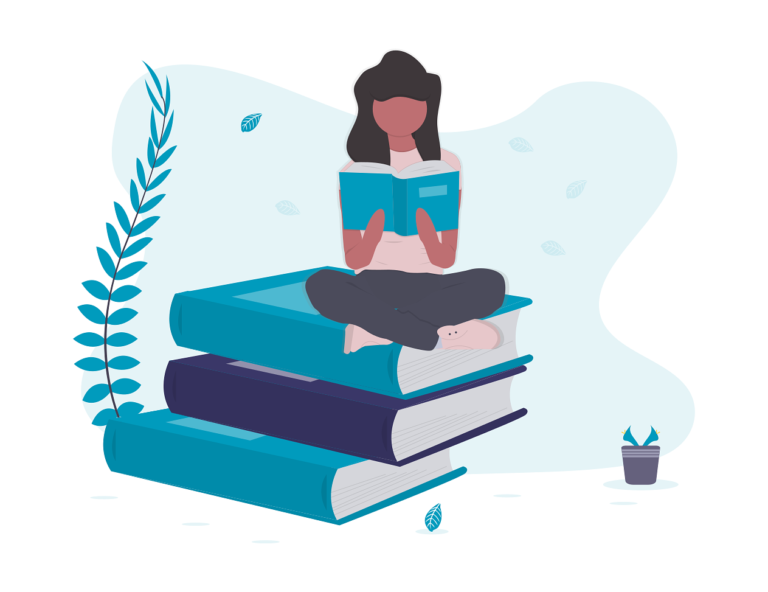How can family and given names be identified?

This is the second of three chapters about Including Authors. To complete this reader, read each chapter carefully and then unlock and complete our materials to check your understanding.
– Outline the importance of referencing names correctly
– Explore the cross-cultural differences between family and given names among authors
– Provide instruction for how to cite and reference names
Before you begin reading...
-
video and audio texts
-
knowledge checks and quizzes
-
skills practices, tasks and assignments
Chapter 2

In our first chapter on including authors we focused on the specifics of citing and referencing single and multiple authors and provided some discussion as to how different referencing styles affect formatting, layout and ordering. In this second chapter, we next turn our attention to the particularities of authors’ names, discussing how family and given names can be identified and how particles and prefixes should be included. All examples provided in this chapter are in the Harvard Style of referencing.
Why is it important to correctly identify names?
When creating accurate citations and references, the names of the authors who created the sources being referenced are very important. By providing those names accurately, it (1) helps future researchers to easily locate those same sources, and (2) provides credit to the authors for the work they researched and wrote. However, as can be seen in the example reference below, complication arises because authors’ family names are written in full while given names are abbreviated into initials:

How are family names and given names different?
For references in particular, it is therefore important that researchers can distinguish family names from given names. However, this can be difficult for students due to the different naming conventions used around the world. Family names (also known as surnames), for example, vary from culture to culture and may be placed before or after the given name (also known as the first name). In China and Korea, for instance, the family name comes first and the given names last, which is generally the opposite of European naming conventions.
To make the situation more complicated, some cultures even have multiple family names. While family names in the previously mentioned countries are normally provided by the father, in Latin countries such as Spain and Portugal children tend to carry both their mother’s and their father’s family names – with the father’s name being written first in Spanish and last in Portuguese. Students must be aware of this variation if they wish to reference accurately.
How should I cite family names?
The table below provides students with instructions for how to order and cite names from six example cultures:

How should I reference family and given names?
While citations only require the family name, references should include both the family name in full and the given-name initials. The following table has therefore been provided for students as a quick-reference tool:

Is there any other advice for recognising names?
Ultimately, if the previous tables are not sufficient in determining how to correctly order names, then students should use and develop their research skills to find out a little more about the authors being referenced. For example, students could try researching the authors online to see if they can find examples of how to write and order those authors’ names. Furthermore, by looking in existing academic publications such as journal articles that have already cited those authors, students will be provided with a model of how to correctly write them. Provided that particular academic source uses the same referencing style, students can then simply copy the formatting written there.

What do I do with particles and prefixes?
In addition to the complexities of European and Asian names, some Germanic names have a tendency to use particles and prefixes such as ‘de’, ‘los’ or ‘von’ which can be somewhat confusing for students. As in the example below, it’s usually easy to determine the particle or prefix because it lacks capitalisation:


To find out more about including authors when referencing, continue reading on to our third and final chapter on this topic which focuses specifically on referencing organisations instead of authors.
To reference this reader:
Academic Marker (2022) Including Authors. Available at: https://academicmarker.com/academic-guidance/referencing/referencing-challenges/including-authors/ (Accessed: Date Month Year).
Downloadables
Once you’ve completed all three chapters in this short reader about Including Authors, you might then wish to download our Chapter Worksheets to check your progress or print for your students. These professional PDF worksheets can be easily accessed for only a few Academic Marks.
Chapter 1 explores the topic: How can I cite and reference multiple authors? Our Chapter 1 Worksheet (containing guidance, activities and answer keys) can be accessed here at the click of a button.
Chapter 2 explores the topic: How can family and given names be identified? Our Chapter 2 Worksheet (containing guidance, activities and answer keys) can be accessed here at the click of a button.
Chapter 3 explores the topic: Can organisations be referenced as authors? Our Chapter 3 Worksheet (containing guidance, activities and answer keys) can be accessed here at the click of a button.
To save yourself 2 Marks, click on the button below to gain unlimited access to all of our Including Authors Chapter Worksheets. This All-in-1 Pack includes every chapter, activity and answer key related this topic in one handy and professional PDF.
Collect Academic Marks
-
100 Marks for joining
-
25 Marks for daily e-learning
-
100-200 for feedback/testimonials
-
100-500 for referring your colleages/friends